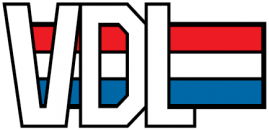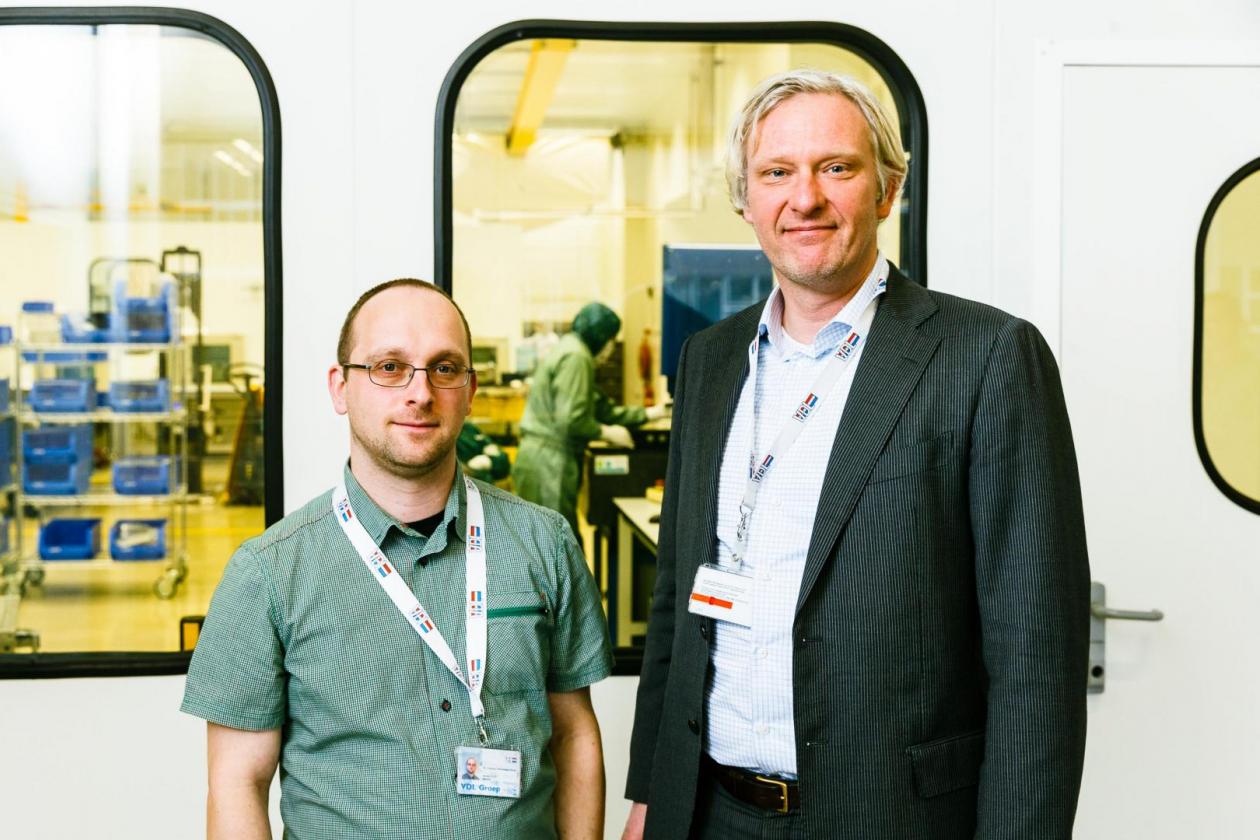VDL ETG grasps opportunities in accelerator technology
In addition to the tempestuous growth the company is undergoing, VDL ETG is also looking to the future. Hans Priem, account manager at VDL ETG explained, “We are already a very successful business, but we need to make sure we are still successful in ten years’ time. We aim to maintain out success by gaining access at an early stage to technology that is still in its infancy. This means both creating potential new markets and establishing opportunities to serve businesses in the future that do not yet even exist.”
What do you need to put new technologies on the market?
Hans continued, “Collaboration is crucial. It is like solving a giant 3D puzzle. We go in search of new innovations that could shake the market into action. Based on our network, we select technologies that are worth further investigation. Everyone has their own field of expertise. The European research institute CERN, for example, carries out research into accelerator technology. New knowledge from this field of fundamental research is then used by us in collaboration with parties like the University of Technology in Eindhoven (TU/e) and PSI for developing and building new types of particle accelerators. We are experts when it comes to the makeability of parts. We are in fact one of the few companies in the world capable of serial production of the so-called disks that make up the heart of the accelerator tube, to ultrahigh accuracy (one micrometre) and ultralow surface roughness (five nanometres).
In what markets can accelerator technology be applied?
In a whole series of markets, for example in the medical world, for material research and in the field of safety. Xander Janssen, senior engineer elaborated, “Most people do not know that there is also a particle accelerator in the X-ray machine in every hospital. We support partners that are currently looking for new, cheaper and better ways for eradiating tumours. These new technologies can help increase the survival rate among patients. Based on improved knowledge of X-ray technology, far more machines can be built with the same money, thereby saving more human lives.”
Simplified use of X-ray technology
The introduction of high-power accelerator technology has massively simplified the use of X-rays for research purposes. Whether you are looking to trace a concealed layer in a painting, to screen patients for breast cancer or to identify traces of metal fatigue, all will be made easier, in the future. Hans explained, “Today’s X-rays are relatively low intensity, and are almost completely non-adjustable so that is it only possible to make a snapshot in which the information is often not sufficiently detailed. Partly thanks to the work of VDL, systems are currently being developed that allow far more detailed study, for example in the works of art by Rubens, Vermeer and others.”
We are already a very succesfull business but we need to make sure we are still succesfull in 10 years time.
Smaller satellites
“Another market we are investigating is the satellite market. Thanks to our precision technology, it is becoming cheaper to build smaller satellites. When prices fall, it becomes possible for many more countries and even companies to purchase a satellite. These satellites provide them with more information about their environment. For example where there are areas of drought, where agricultural crops are sick, how rivers are eroding the land and where the most air pollution is present.”
What is your most interesting current project?
“On Thursday 19 April 2018 we signed a contract for an order for the production of 900 mirror support frames for the mega telescope in Chili. This telescope will make it possible, for example, to continue the search for planets were there are possibly traces of life (exoplanets). This telescope consists of a series of highly complicated mirrors and frames. When we start producing these frames, we will be able to transfer the knowledge we obtain about these specific frames to other markets, and use that knowledge in other telescope projects. Major parties like ASML and Thermo Fisher may well be interested in the technology behind these frames. Elsewhere we have come up with a Dutch first, in collaboration with TNO: this large order is the first scientific project on this scale awarded to a Dutch player.”
What do you learn from these projects, yourself?
Xander concluded, “Every project keeps us on our toes and helps us to solve complex problems and to refine our own manufacturing techniques, both for ourselves and for our partners. Projects also help expand our network, and for any high-tech business, networking is essential.” Hans added, “It is fantastic to see and to feel that we are on the very eve of a new major breakthrough in the world and that VDL has a prominent role to play.”

